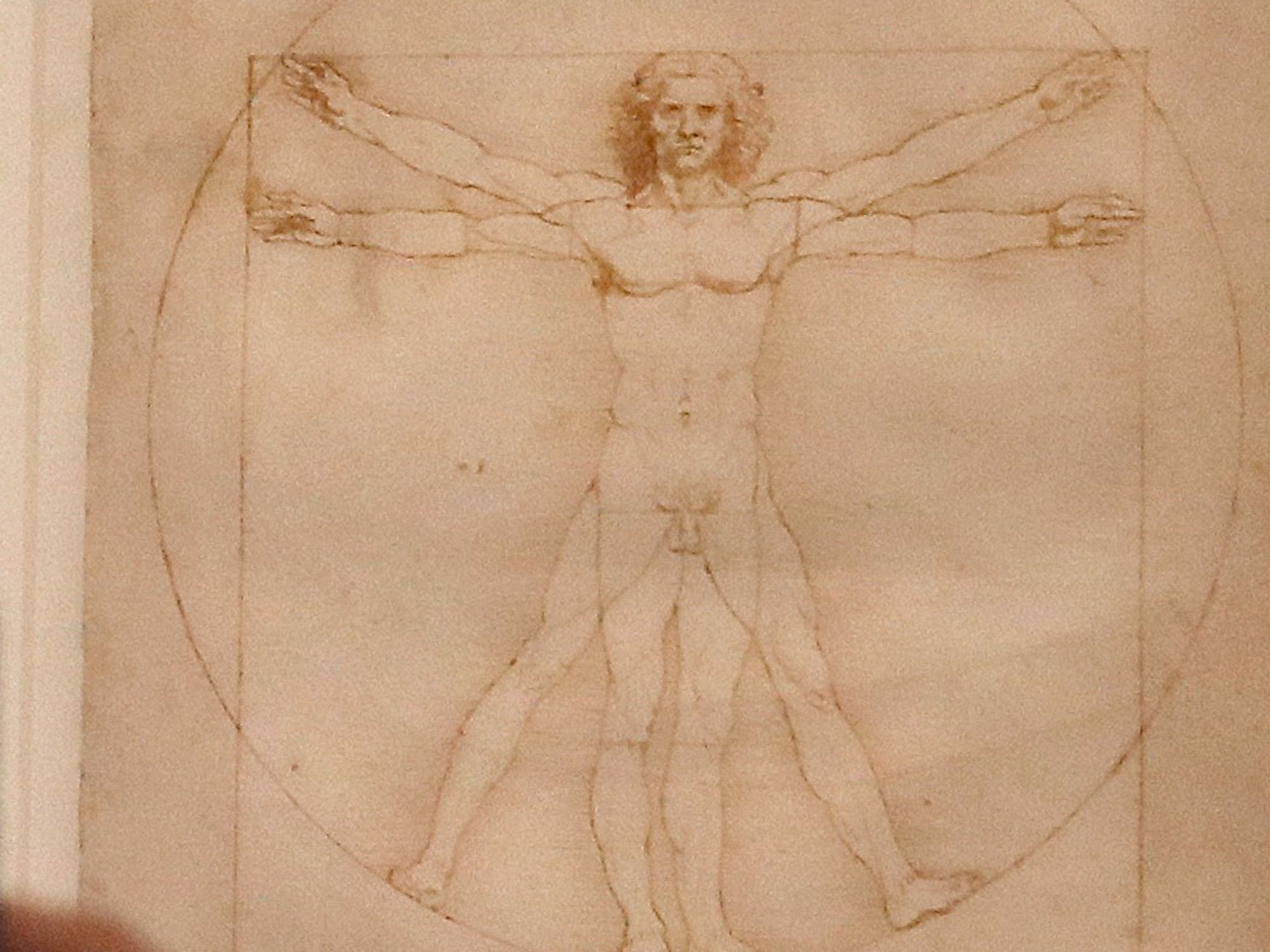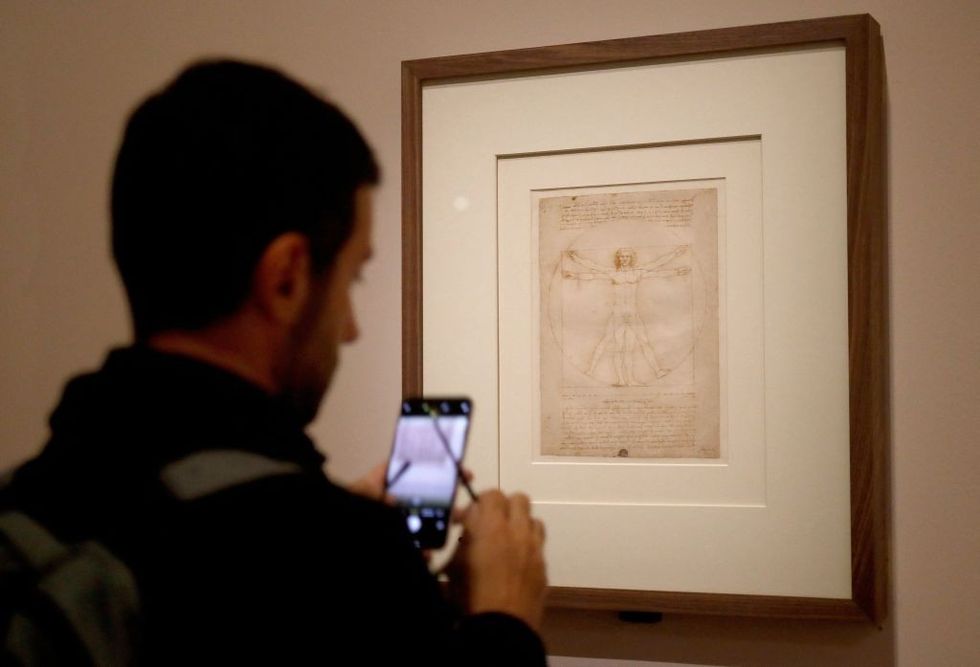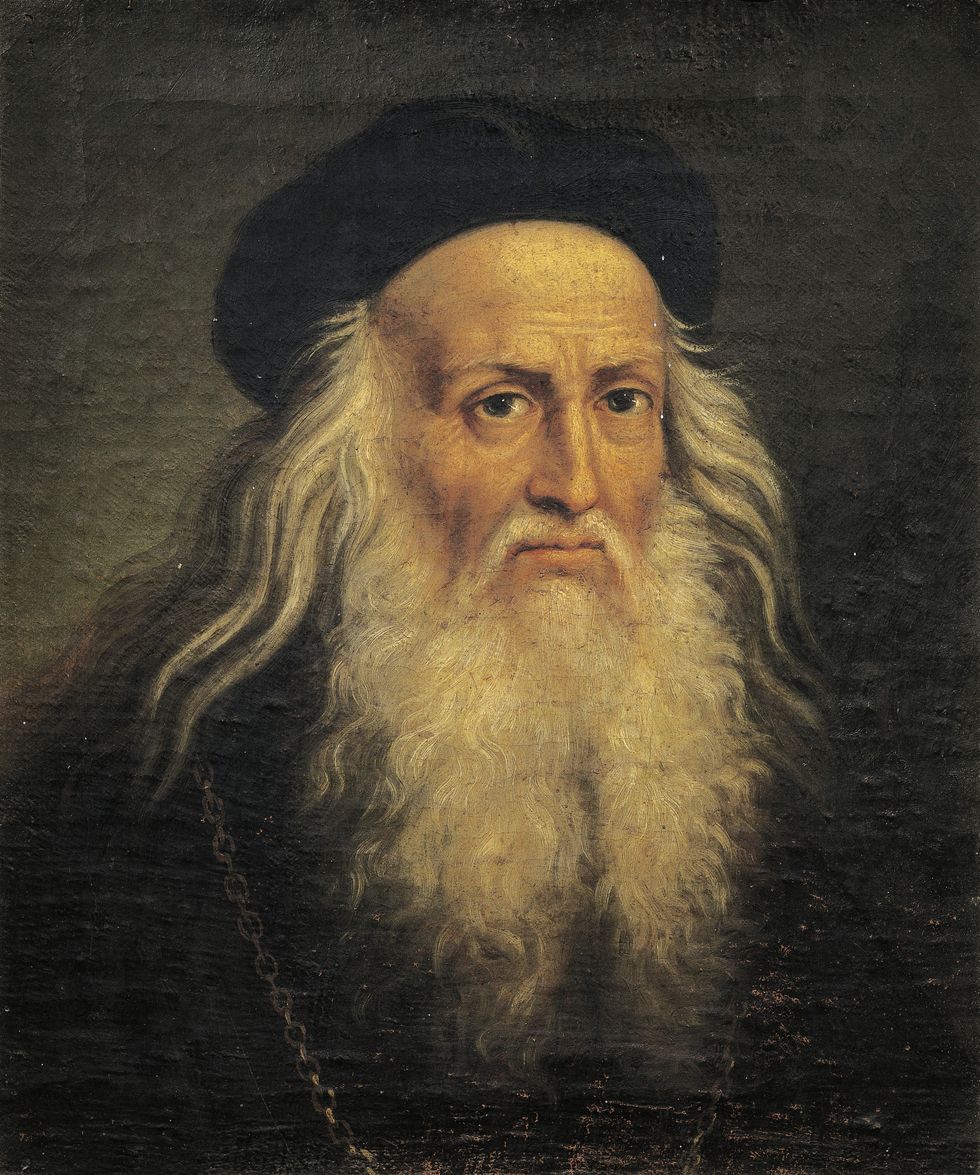Dentist solves centuries-old secret maths puzzle in famous Leonardo Da Vinci drawing

The discovery suggests the famous artist understood fundamental mathematical principles that wouldn't be formally recognised by science for centuries
Don't Miss
Most Read
Trending on GB News
A London dentist has solved a mathematical mystery that has puzzled scholars for centuries by identifying a hidden geometric detail in Leonardo da Vinci's iconic Vitruvian Man drawing.
Dr Rory Mac Sweeney discovered an equilateral triangle concealed within the Renaissance masterpiece that reveals how the Italian polymath achieved the artwork's perfect proportions.
The finding has been published in the Journal of Mathematics and the Arts.
The triangle, located between the figure's legs in the drawing, provides the key to understanding Leonardo's construction method for placing the human form precisely within both a circle and square.

The 'Vitruvian Man', the famous annotated drawing, made around 1490 with pen, ink and wash on paper, by Leonardo da Vinci's
|GETTY
Dr Sweeney said: "We've all been looking for a complicated answer, but the key was in Leonardo's own words. He was pointing to this triangle all along."
The triangle corresponds to a well-known anatomical structure called Bonwill's triangle, which dentists use to understand jaw mechanics and design dentures.
This imaginary triangle connects the points where the lower jaw meets the skull and the centre of the front teeth, measuring approximately 10 centimetres on each side.
Dr Sweeney's analysis revealed that using this triangular construction produces a ratio of 1.64 between the square's side and the circle's radius in Leonardo's drawing.
LATEST DEVELOPMENTS:

The discovery suggests Leonardo understood fundamental mathematical principles that wouldn't be formally recognised by science for centuries
|GETTY
This figure is remarkably close to 1.633, a fundamental ratio found throughout nature in optimal spatial arrangements.
The study noted: "Leonardo's systematic construction yields a ratio of 1.64 to 1.65 between the square's side and circle's radius, matching both published measurements of the original drawing, and the tetrahedral ratio of 1.633 found in optimal spatial arrangements."
This mathematical ratio appears in various natural phenomena, from the atomic structure of crystals to the most efficient way of stacking spheres.
Dr Sweeney said: "What's truly amazing is that this one drawing encapsulates a universal rule of design. It shows that the same 'blueprint' nature uses for efficient design is at work in the ideal human body."

Portrait of Leonardo da Vinci, by Lattanzio Querena
|GETTY
The discovery suggests Leonardo understood fundamental mathematical principles that wouldn't be formally recognised by science for centuries.
His use of the equilateral triangle indicates he grasped the connection between human anatomy and nature's underlying geometric patterns.
Dr Sweeney added: "Leonardo knew, or sensed, that our bodies are built with the same mathematical elegance as the universe around us."
More From GB News











